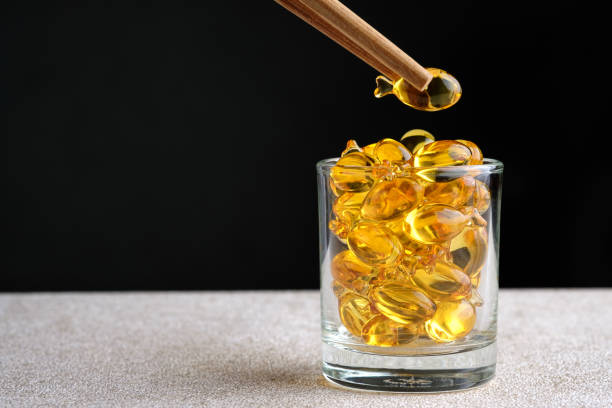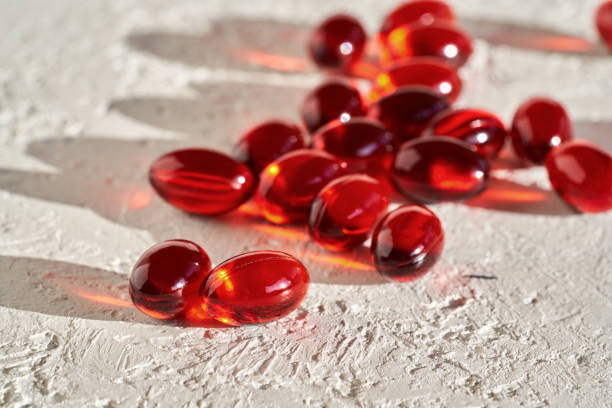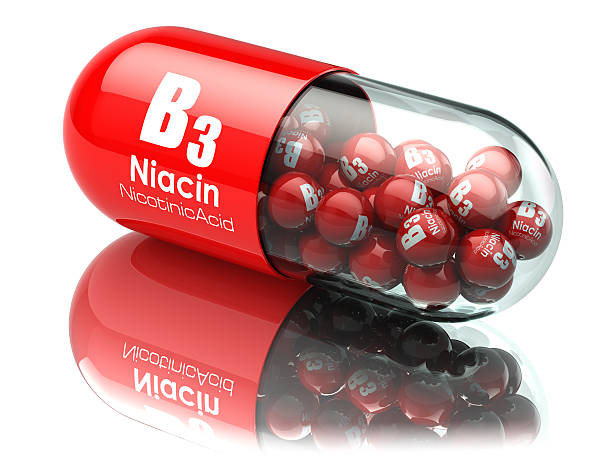What is the Sweetener Used For?
Sweetness, generally easily accessible to our taste buds always in our everyday life through such things as the morning cup of sweet coffee in the morning, a dessert after lunch or at afternoon tea time, or the sweet taste of a bottle of soda in free time, making these eating and drinking experiences enjoyable. But ever thought where these sweets come from? Apart from known sucrose, there is another kind of substance that works softly behind the scenes: sweeteners. They are just like a ‘sweet magician’ in the food sphere, slyly slipping into almost all spheres of our lives, mostly impacting food and drink taste but also intertwining with health and regimes on diet, etc.
Sweeteners work wonders in food
- Sweet magic in drinks
Sweeteners play a crucial and valuable role in the world of drinks. Aspartame has now won majorities in ‘diet’ carbonated drinks as it provides the sweetness without calories. An illustrative case would be a famous sugar-free cola beverage. Aspartame would replace sucrose in making a refreshing and fairly-tasting beverage that has much-reduced calorie content; this would satisfy several people concerned with their health. A sweetener known from nature that is quite popular among fruit juice beverages is stevioside, which is extracted from stevia. It’s 200-300 times sweeter than sucrose, low in calories, and has some health functions. After adding stevioside to several purely natural and healthy fruit juice beverages based on fruits, it comes out not only with the same palate profile but with that appealing note of an indeed refreshing sweetness. In iced tea drinks, they often use sucralose for blending. It has great stability to keep the sweet taste at varied pH and temperature levels, as in the processing and during storage of tea drinks, so that the sweetness of tea drinks remains unchanged. - The tasty mystery behind baked goodies
Walking through the bakery, it hits your face with the sweet smell, and the sweets are so good to have. In bread making, sucrose was the most commonly used sweetener. It imparts sweetness as well as plays a role in dough fermentation to allow the bread to swell and soften, and the Maillard reaction takes place while baking the bread, so that the surface of the bread comes out in a golden color with an attractive crust and with a unique aroma. But with the development of people’s health awareness, some low-calorie sweeteners have started to become available. - Sweet changes in dairy products
The application of sweeteners has made dairy products some of the most diverse and tasty foods known to man. Xylitol is employed in yogurt sweetening; this is much preferred because it doesn’t just taste sweet but also encourages the propagation of Bifidobacteria in the human intestines, enhances the intestinal flora composition, suppresses the production of harmful products in the intestines, and plays an important part in enhancing intestinal function. Therefore, many sugar-free yoghurts have taken up xylitol to replace sucrose and cater to consumers’ dual needs for both health and good taste. Meanwhile, they will add some sweeteners, such as cyclamates, to others to adjust the sweetness. Now, cyclamate is more than just a cost-effective, sweet-savory compound – as a viable alternative to sugar, even minimally added forms will be able to maintain taste. The very production of ice cream has come to be one more “act” for sweeteners.
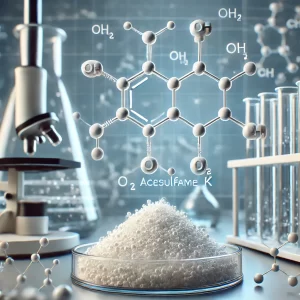
Unique Role of Sweeteners in Healthcare
- Sweet Options for Specific Groups
Special groups such as diabetic patients might not have an option but to satisfy their sweet tooth with other available sweeteners, as for diabetics, blood sugar stability is everything. When ordinary sugar is ingested, this will cause sudden hikes in the blood sugar, posing a serious threat, creating an emergency health condition. The sweet taste provided by xylitol, stevioside, erythritol, and others causes almost no reactions in blood sugar levels. Take the example of xylitol. Its metabolic pathway in the human body has nothing to do with insulin, so it does not cause large fluctuations in the blood sugar level, which would allow a diabetic person to enjoy the sweet taste without fear. For the overweight population, the issue is how to control their intake of calories. Several sweeteners are calorie-free or very-low-calorie products. - “Disguise”: Most Unexpected Surprises of Sweeteners
Moreover, they have quite shocking hidden applications in pharmaceuticals and health products. A majority of pharmaceuticals have a bitter taste, making it exceptionally challenging for patients, particularly children or elderly people, to consume them. For easy consumption of drugs, therefore, sweeteners are mostly employed in masking the bitter taste of the drugs.
Sweeteners also feature in the industrial applications field. Just like humans, animals similarly have a liking for the taste and flavor of food. As sweeteners serve to excite the taste buds of the pets, they subsequently increase their appetite.
The industrial field is another place where sweeteners find unique applications; for instance, in cosmetics, sweeteners are mainly used to mask the bitter taste of particular ingredients and enhance product utility. We have so much ease and savor from sweeteners, but their safety has always been a hot issue and one that has attracted many controversies. Thus, let’s take aspartame as an example. Already on July 23, the IARC of WHO listed this substance under the category of “possible human carcinogen (Class 2B carcinogen)”, and the whole world was stirred up instantly by this news. Even though FAO/WHO Joint Expert Committee on Food Additives repeatedly said that the daily allowable intake for aspartame is 40 mg per kilogram body weight and although this does not indicate anything different and does not calm down the public concerning the issue of aspartame’s safety. Beside the controversy of possible cancer risk, sweeteners’ effect on human metabolism has been one of the most discussed issues in contemporary science. Some studies have shown that some non-caloric sweeteners can trigger immune disorders in animal experiments and provoke inflammation, fatty liver, and improper sugar metabolism. Furthermore, they can easily excite the body’s sweet-taste receptors, triggering the brain to release dopamine, thereby ‘rewarding’ people into more sweetness addiction. More so, people tend to self-confirm that eating ‘no sugar’ products is good for health, and eventually lose control over excessive food and energy intake.
We must have a scientific and reasonable understanding of sweeteners in the face of controversy. To begin with, it should be stated that most sweeteners are safe within the recommended limits and prescribed range. All countries have drawn up stringent standards of food safety to regulate and supervise the use of sweeteners in food products. As long as the food companies scrupulously adhere to these standards, the consumer has no cause for alarm. Second, the consumer him/herself must enhance his/her consciousness of self-protection and know what kind of sweeteners apply to which group of people.
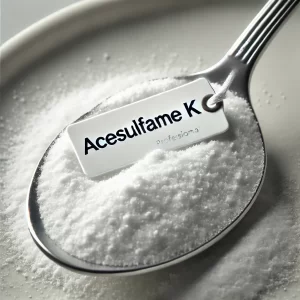
Sweeteners: the versatile champions of sweetness
Sweeteners, seemingly inconspicuous yet ubiquitous in our everyday sustenance, comprising food and drink, nutrition and diet, or even pet food or industrial products, form an important usage range owing to their varied types and unique characteristics in most contemporary products and applications. It is a magician in the food industry-making mouth-watering foods, beverages refreshing and delectable, baked products ‘sw–eet’ with a tinge of flavor, and dairy products finesse; in health care, one best friend of special groups of individuals, mighty magic in spoiling the flavors of medicines and health products; in other industries too, important necessity applied to pet foods while adding attraction to industrial products.
But despite the goodness of sweetness, there’s just no way we can overlook some of the controversy and potential dangers they bring with them. As people are becoming more health and food safety-conscious, conversations over the safety and health impacts of sweeteners have become a hot topic. Issues related to production or adding value are very important directions for the future development of the sweetener industry. There will be safer, healthier, and more natural sweeteners developed because this is the general trend to satisfy consumers’ health-conscious aestheticism. It is expected that natural sweeteners, for instance stevioside and mogroside, will gain a bigger share in the market because of their natural and healthy characteristics. More studies on the mechanisms of sweetness on human health, as well as scientifically rational utilization standards and control measures to guarantee the safe use of sweeteners. On the other hand, scientific and technological progress should be closely followed by valuable exploration in more fields for the innovative application of sweeteners. This will just go on to add more sweetness and surprise in our lives and let us enjoy every bit of the sweet life, on the condition of being healthy.

